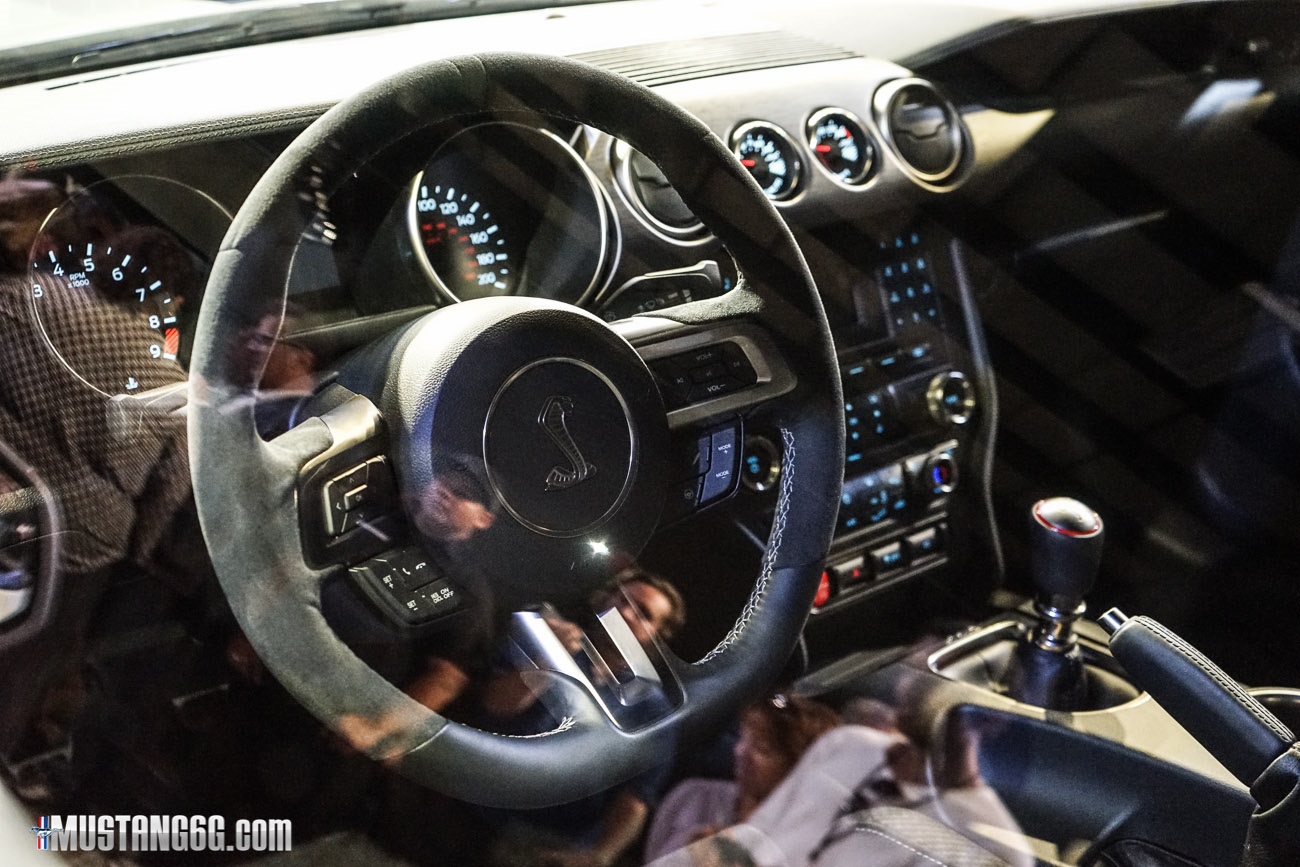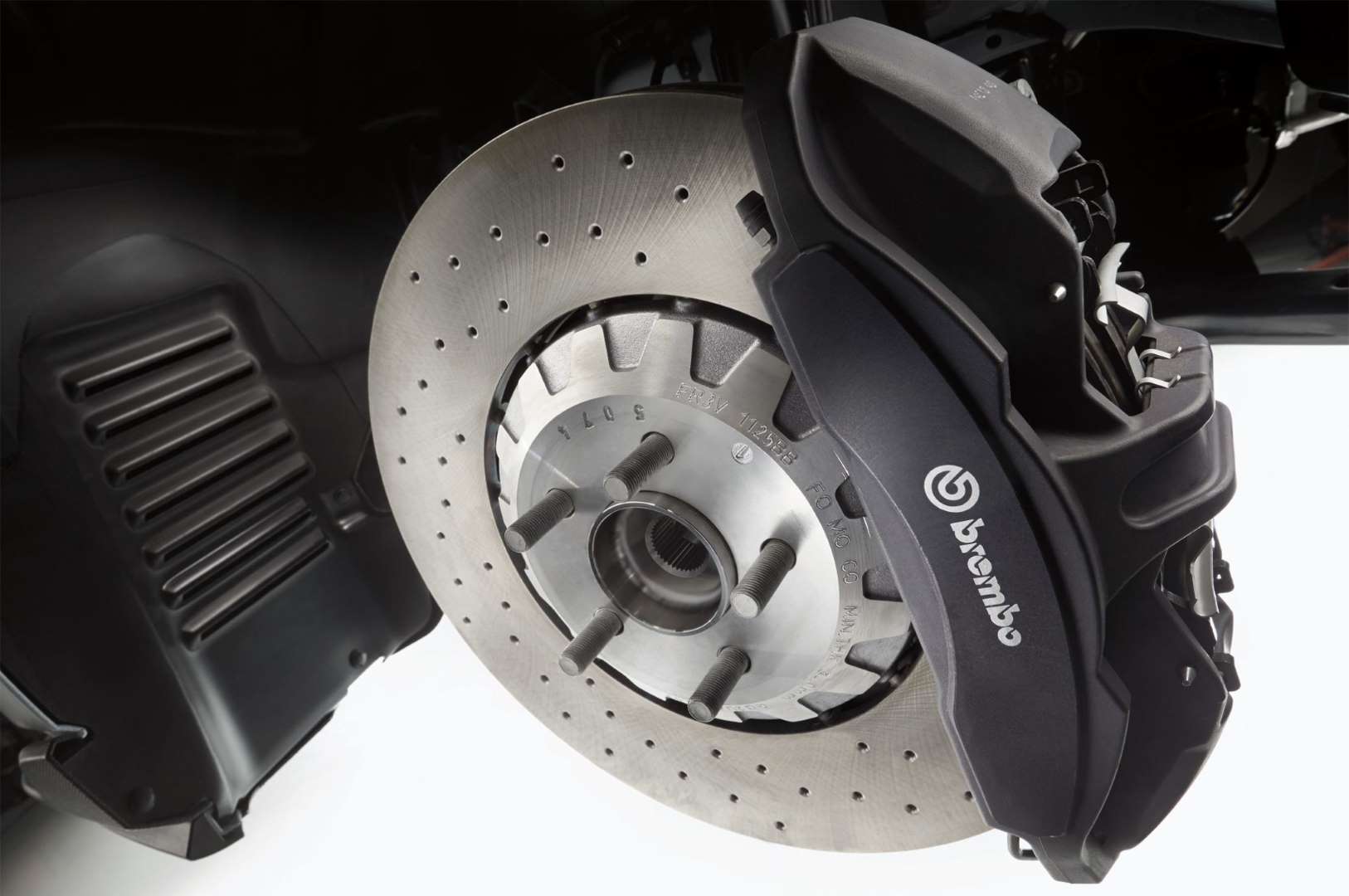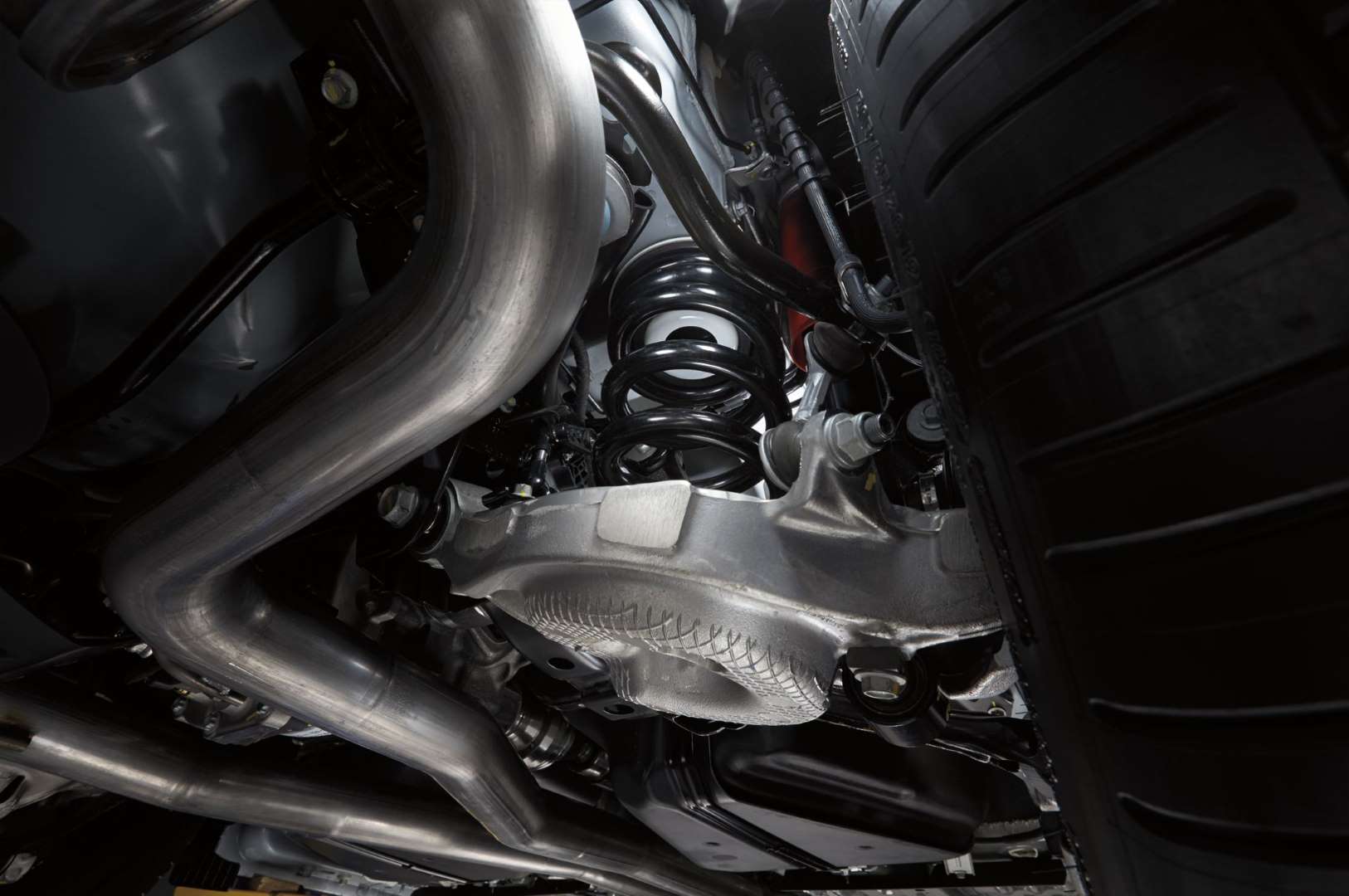Following the official release of the 2016 GT350 Mustang, we wanted to share our brief analysis of this special monstrous sports car.
First of all, the 2016 GT350 has most of the necessary gears that you need on the track, for example:
1. Torsen limited-slip rear differential
2. MagneRide dampers
But the spotlight is focusing on the naturally aspirated 5.2L V8, which redline is said to be between 8,200 rpm and 8,300rpm
courtesy of Mustang6G.com
Just by looking at the description, you may not think the engine is that special – because large displacement naturally aspirated V8 engines are not something uncommon in the US. But what makes it special is that it’s a 5.2L flat-plane crankshaft V8 engine, and it’s known within the industry that lots of technical knowledge and skills are required in the design.
2016 Ford Shelby Backround Info
Most of the V8 engines in passenger cars are a using cross-plane crankshaft. Cross-plan crankshafts are imbalanced and will generate lots of vibration during operation, therefore most of the cross-plane V8 has a balancing shaft to address this issue, which makes the total weight of the crankshaft to be very heavy. Therefore it has a slower response to the throttle change, to rev up or down.
So this is the reason many race cars do not use a cross-plane crankshaft V8, instead they use flat-plane crankshaft V8 engines. The flat-plane crankshaft has the advantage of being light weight, and is very beneficial to situations that require frequent engine RPM changes, or quick acceleration needs. But the flat-plane crankshaft design also has its shortcomings; major issues are its secondary order imbalance and vibration, which engineers usually do not apply the balancing shaft design on it (because that will make the crankshaft as heavy as the cross-plane, which forfeits its light-weight purpose).
Flat-Plane Crankshaft
There’s a reason you only see racing cars using flat-plane crankshaft: it generates excessive vibration which most people are not willing to accept in a passenger car. But for racing cars this is acceptable because it is designed to burn up the racetrack, plain and simple.
Below is the latest photo released by Ford, showing the engine bay of the GT350.
The larger displacement and larger output of the flat-plane crankshaft V8, the more vibration it will generate, that’s a fact. Therefore it is very hard to design a large displacement. In fact, the 5.2L V8 in the 2016 GT350 Mustang is the largest displacement flat-plane V8 engine in the recent years, even exotic sports car maker such as Ferrari and McLaren, they do not build flat-plane V8s in such large displacement.
One major technique to lower the vibration is increasing the cylinder bore, and reduce the stroke. This is what most of the auto makers are doing. For example:
– Ferrari F355 3.5L V8: stroke is 77mm
– Ferrari F360 3.6L V8: displacement increased 0.1 liter (2.9% increase), but stroke is only slightly raised to 79mm (2.6% increase)
– Ferrari F430 4.3L V8: displacement increased 0.7 liter (19.4% increase), but stroke is 81mm (2.53% increase)
– Ferrari F458 4.5L V8: its stroke is kept at the same 81mm.
Other auto makers also use the same strategy. For example Porsche 918’s 4.6L V8 is also using the 81mm stroke; and McLaren’s 3.8L V8 has a shockingly small stroke of 69.9mm.
Some More Specs
We are not sure whether Ford completely redesigned the cylinder block. But if it is using the same Coyote V8 family design (which is used on the normal Mustang GT models and the GT500), let’s say it is using GT500’s cylinder block, bore spacing is 100mm, bore is 93.5mm, then 5.2L displacement translated to a forbiddingly large stroke of 94.7mm! It is hard to imagine how Ford will take care of the issue.
So let’s wait for more information from Ford. The below two images are also officially released today, showing details of the GT350’s brake system and also its H-arm rear independent suspension.
Feel free to leave a question or share an opinion in the comment box below.
YouWheel.com is dedicated to bringing you the best, in depth news & reviews &, tech specs throughout the auto industry. Love your car? Visit our member center @ http://youwheel.com/welcome/ and sign up today!







Recent Comments